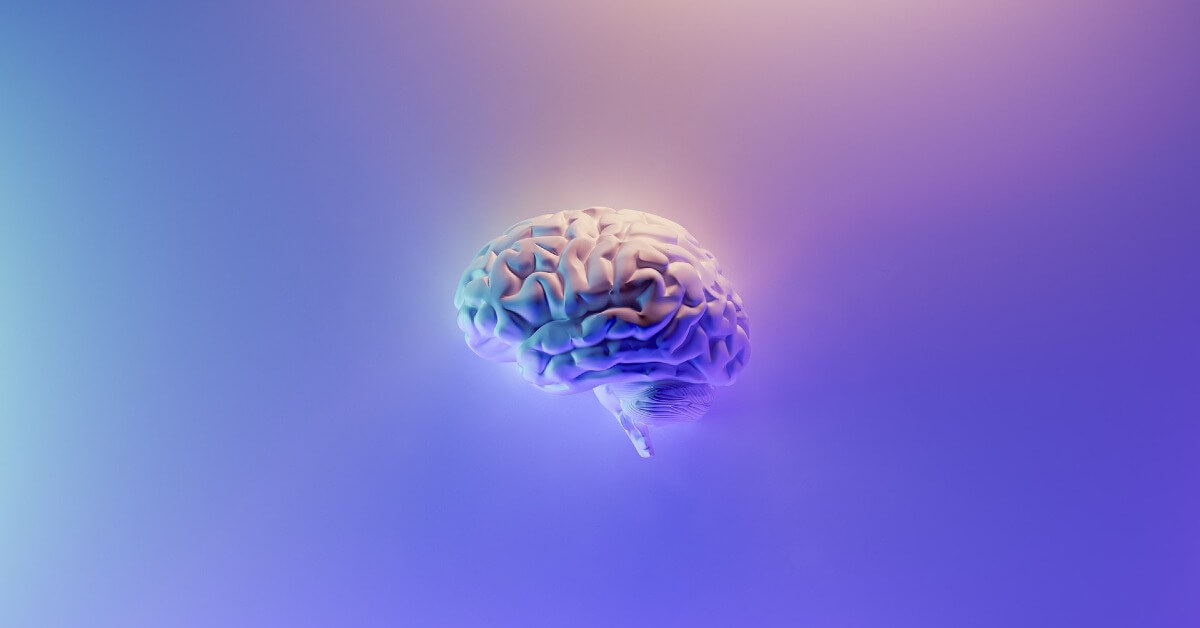For the love of Critical Thinking
Critical thinking is one of the top skills of the future
Ever since the pandemic has started, virtual schooling has become a part of our lives. Our son has been taking all his assessments on Microsoft Teams through Forms. Many tell me that he’s lucky to have access to these tools, and I couldn’t be more grateful for that. But as a parent, I get horrified seeing test after test in Multiple-Choice Questions (MCQs) format, dumbing down education to memorisation of answers rather than discerning of facts and articulating balanced opinions. The past 16 months of virtual schooling have me worried – not for academic loss, but the learning loss. And these are distinct.
Let me explain what I mean with the help of a commonly used example. Have you ever come across some version of the below sentence/ words in a brain teaser or a puzzle?
Aoccdrnig to a rscheearch at Cmabrigde Uinervtisy, it deosn't mttaer in waht oredr the ltteers in a wrod are, the olny iprmoetnt tihng is taht the frist and lsat ltteer be at the rghit pclae.
If you have, I’m sure you could identify the above-jumbled sentence as:
According to a researcher (sic) at Cambridge University, it doesn't matter in what order the letters in a word are, the only important thing is that the first and last letter be at the right place
The author of the above article himself isn’t sure if this research was done at the University of Cambridge, but empirical evidence of trying out this puzzle with several members of friends and family shows that it is true to a large extent. Now here is the caveat, and my point about learning.
Apply the same rule of retaining the first and last letters in the word, and unscramble this sentence:
Pncaaltel gtworh fotcar in asnessemst of wmoen wtih seutspced pre-esmplacia to reudce mtrnaael miobdrtiy: a seepptd wgede cletsur renioamsdd crotonl taril
Took much longer, right? (By the way, find the solution at the end of the article, if you didn’t solve it!)
The unscramble exercise is not as simple if the words are unfamiliar, for example, technical terms. The brain needs to then stop and think. It needs to search for similar words or make
sense of the given letters. In other words, it gets challenged. Similar to what happens to the brain when we work on a complex problem.
When solving complex problems, the prefrontal cortex (PFC) or the “higher” brain gets activated. This part of the brain controls higher-order functions like reflection, emotional response, cognitive flexibility, and long-term memory. One such higher-order function of the PFC is Critical Thinking, which you just applied while solving the above word scrambles. Your brain searched for similar words, efficiently drew synapses from what you’ve known, and made calculated estimates to find an answer. Like any muscle, the more you exercise your brain and stretch it to make these connections, the better it is.
Critical thinking has emerged as one of the top five Skills of the Future according to the World Economic Forum study 2020.

According to the OECD ‘Skills for 2030’ Concept Note
Critical thinking includes inductive and deductive reasoning, making correct analyses, inferences and evaluations
In the workplace, Critical Thinking refers to the ability to logically break down a complex problem, without either getting overwhelmed by it or getting bogged down into details. At Samriddhi, we call this the “agility to zoom in and zoom out”. Critical thinking needs a person to look at a problem from a solutioning perspective and be creative about the solution. As a workplace competency, you may find that it overlaps with several other competencies like emotional intelligence, data analysis, analytical thinking, and clear communication – clearly articulating the thought process, asking the right questions, and analysing information without biases.
Perhaps this is what makes it a little harder to develop. It is a nuanced and complex skill, which requires technique, persistent effort, and practice. In an age of information overload, we need to constantly keep filtering out incorrect data and gather relevant information, interpret and analyse it, evaluate arguments, recognise unstated assumptions, and make decisions. Fortunately, there are proven techniques that can help build critical thinking. Removing unconscious biases while interpreting information is key to thinking clearly. (View Samriddhi Consulting’s Cognitive Biases Primer, if you missed attending our Diversity workshop). Another useful technique for building critical thinking is Appreciative Inquiry and asking effective questions.
The more these techniques are practiced and the sooner they are introduced, the more they become a part of one’s a natural thinking process. Circling back to where I started this blog post, it is this learning loss or lack of skill-building that I will continue to worry about during this virtual schooling experiment.
Placental growth factor in assessment of women with suspected pre-eclampsia to reduce maternal morbidity: a stepped wedge cluster randomised control trial


